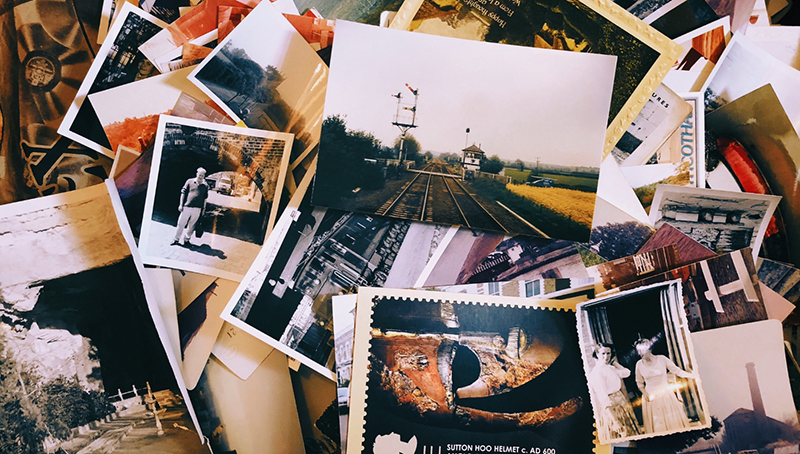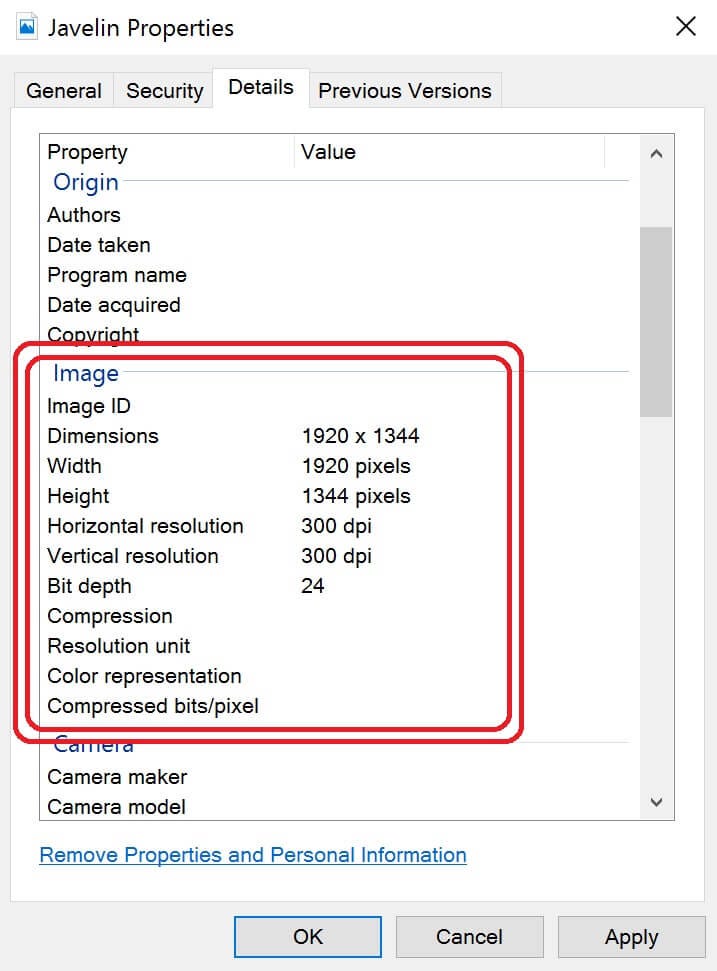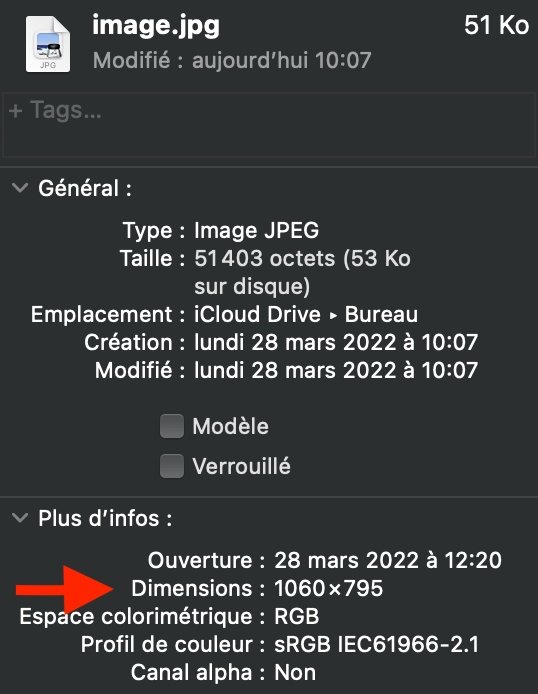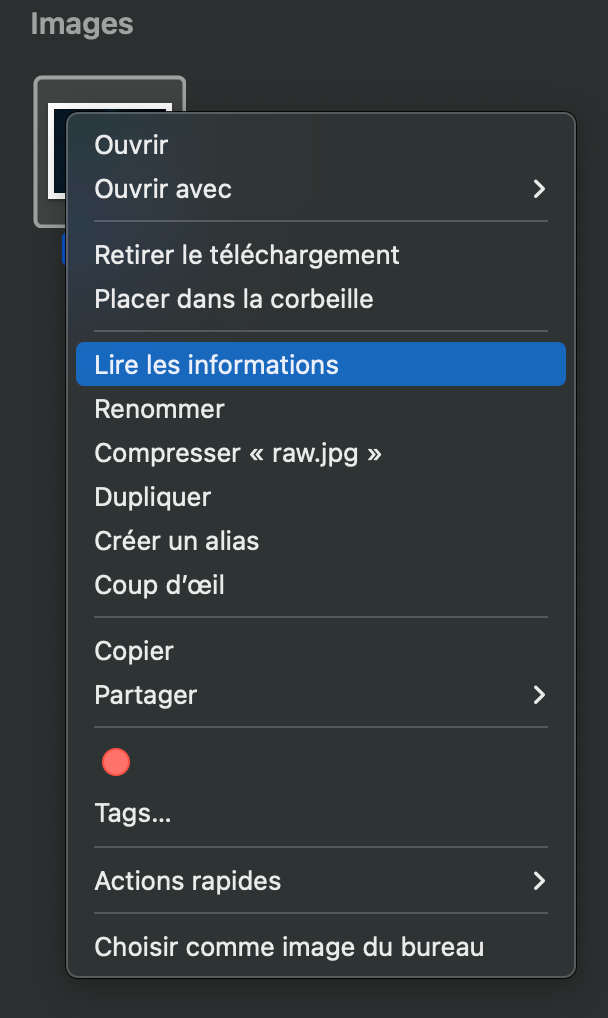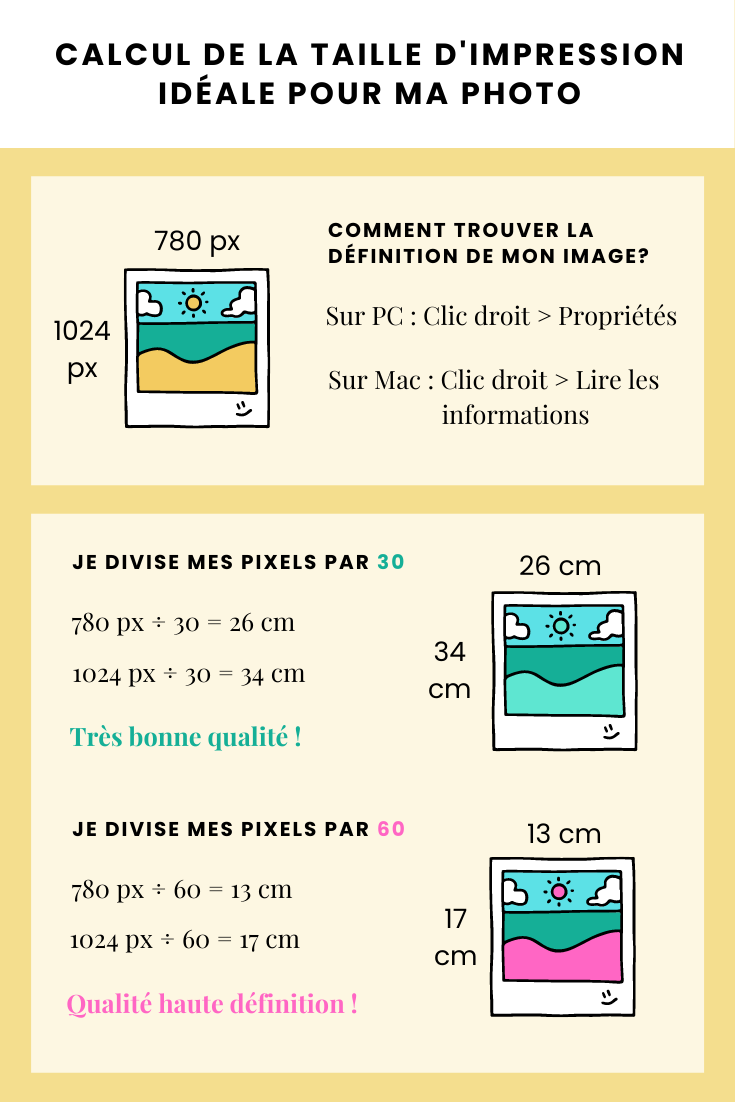
HOW TO SHARE YOUR PICTURES WITHOUT LOSING QUALITY?

HOW TO SHARE YOUR PICTURES WITHOUT LOSING QUALITY?
If taking photos like a professional is child’s play for you, it’s a pity to see that our most beautiful pictures lose quality when we share them via Whatsapp, Messenger, Instagram,… These messaging services compress images to speed up their transfer.
In this article, I give you 5 solutions that will allow you to send photos and videos to your family and friends without losing their original quality.
Website via the email address
Websites such as Swiss Transfer, Wetransfer or Smash allow you to transfer large files using only the receiver’s email address. These platforms are 100% free of charge, with no advertising and no registration. These solutions work on both computers and smartphones and are extremely easy to use.
Cloud storage
It is possible to import your photos into a remote storage system, the Cloud. This is a secure solution, offering you a large storage capacity and avoiding the risk of hacking or losing your data. However, sharing your photos in the cloud can be a bit of a challenge. In Google Drive, for example, you have to import the photos, create a folder, and then share that folder with the person. The best alternative to these storage platforms is Google Photos. Its interface is intuitive and convenient and allows you to share photos with many people with a single click.
Transfer via a hardware medium
The “old school” solution is to transfer via a hardware medium such as a USB stick or an external hard drive. However, this solution has many drawbacks. The major disadvantage is that you cannot send photos to people far away from you. This solution can also be expensive, very unreliable or insecure. Anyone can access your USB stick or hard drive and technical failure is possible.
Nearby sharing
When two people are close to each other, they can send photos to each other via “proximity sharing”, a feature available on smartphones. This solution is fast, secure and works without the need for internet, but it also has some disadvantages. It only works on devices with the same operating system. For example, it is only possible to share photos between Apple devices using AirDrop. In parallel, Android devices can share photos with each other using the Nearby Share feature.
Tribu-solution
Tribu is the perfect solution for sharing your most beautiful photos with your loved ones. Simply import your photos onto the platform, create your album, and it will be sent every month to the person of your choice in a printed version. Your memories will be shared with your loved ones in their original quality and you will have an everlasting memory of them.
